Ad
Expert Reviews
Xiaomi Redmi Note 12 Review:
There's a good probability that you or someone close to you has already purchased one of the Redmi Note series due to its immense popularity in India. With features unheard of at its price point, the series completely rocked the industry when it initially debuted in India.

Since then, there have been eleven incarnations, and interest continues to grow. Once more, the yearly refresh is now available. One of the first smartphones using the Snapdragon 4 Gen 1 chip to hit the market. When compared to earlier Notes, it appears noticeably different from the back and is now 5G-ready. Here is my review after using the device as my primary phone for a week.
Xiaomi Redmi Note 12 Price in India
The Redmi Note 12 price in India starts from Rs 17999 for the base model.
The phone is available in three colours: Frosted Green, Matte Black and Mystique Blue.
Design

The Redmi Note 12 appears to have deviated from the customary design aesthetic that we've come to expect from the Notes series (or at least their camera modules). This model is much more understated with a camera module that is less complicated than the Redmi Note 11, which had a camera module that was all-black and filled with optics. I was strongly reminded of Realme's smartphones by the glossy camera island that is perched atop the matte rear panel.
The smudges are lessened but not entirely by the less shiny finish. The phone feels reasonably small and isn't too hefty. Additionally, there are no squared-off edges, which improves grip.
Display

The Redmi Note 12's 6.67-inch AMOLED display is a major improvement over the 6.43-inch display from the previous model. Excellent colour accuracy and respectable sunlight legibility make the product practically indistinguishable from Xiaomi's mid-range products in terms of quality.
Most people like the default colour scheme, however if for some reason you find it too muted, feel free to change the display settings to the "Saturated" preset.
Performance and Software

The Snapdragon 4 Gen 1 processor is used in the Redmi Note 12. It breezes through routine activities. Previously, MIUI was not well optimised for low-cost devices, but that issue seems to be resolved now. On a 20-minute stress test, there was no throttling, and based on my experience, the SD 4 Gen 1 can maintain its clock rates for far longer periods of time. During lengthy gaming sessions, there is also no heating, though it would be difficult to evaluate that accurately given Delhi's winter weather. Just be aware that the 4 Gen 1 is a low-cost chip, so don't anticipate the best graphics in games.

The Redmi Note 12's MIUI experience is inconsistent. Although speed is smooth, this is likely due more to the fact that the phone has a stripped-down software skin with fewer elaborate animations and blur effects. The Control Center has a really unsightly grey background that I was unable to change. Disappointingly, Android 13 is not present here.
But at least the bloatware situation is commendable. Even though there is some clutter, it can all be removed. And you can even remove some system applications if you want to swap them out for Google's. I only wish Xiaomi had included blur effects and animated app launches to MIUI 13 to make it even more fun to use.
Camera

The 48MP primary rear camera on the Redmi Note 12 is supported by an 8MP ultrawide lens and a 2MP macro lens. Given the price of the phone, it's difficult to have great expectations, and the cameras perform what they're supposed to do and nothing more or less. Photos taken in daylight contain a respectable degree of information and can even be slightly zoomed in without losing much of it.
On the other hand, indoor shots are only fair. Additionally, you must maintain hand stability to avoid blurry photos. I really liked the colour accuracy; Xiaomi appears to have chosen to use natural colours this time rather than artificially boosting their appeal. Despite not supporting 60FPS, video recording is acceptable.
The ultrawide camera, meanwhile, was unexpected. Given the 8MP resolution, I didn't have high expectations, but its output was more than adequate. The macro lens cannot be used in the same way; instead, you should crop images taken with the main sensor. The cameras deliver passable daylight performance, but the nighttime performance is not particularly outstanding, if I had to sum it up in a single statement.
Battery
The Xiaomi Redmi Note 12 comes with a 5000 mAh and a support for 33 W fast charging. Now the 5000 mAh was underwhelming, which was a surprise. I am a heavy user but most phones, even with smaller batteries, would usually last me a full day. That was not the case for the Redmi Note 12.
Nevertheless, Xiaomi frequently releases optimisation-related updates, so if this is a widespread problem, it will be fixed quickly.
Xiaomi Redmi Note 12 Verdict
The Redmi Note 12 boasts a sharp display, solid performance, and 5G connection. The device can be charged quickly (at 33W), taking slightly over an hour. The unimpressive camera and the high battery drain were the only things that let me down, more so considering that the starting price has increased.
Follow Us:
Ad
Recent News
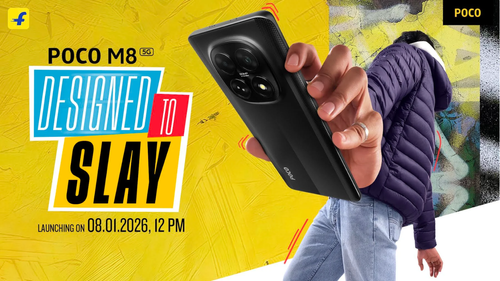
Poco M8 5G Confirmed to Launch in India on January 8: Check out the price and specification
30-Dec-2025 12:18 PM

Samsung Galaxy S26 Series Could Debut Advanced Satellite Calling With New Exynos 5410 Modem
30-Dec-2025 06:57 AM
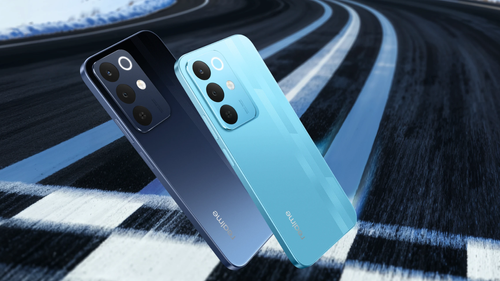
Realme Narzo 90x 5G Goes on Sale in India Today
23-Dec-2025 06:59 AM

Samsung Unveils Exynos 2600, the World's First 2 nm Chipset
19-Dec-2025 06:30 AM
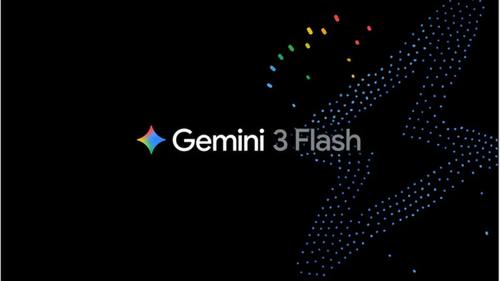
Google Unveils Gemini 3 Flash: Faster AI That Outshines Pro Model
18-Dec-2025 09:55 AM
Reviews & Guides
View All
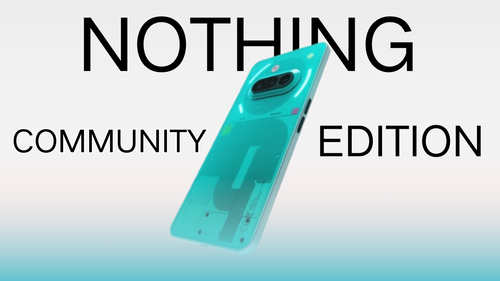
Nothing Phone 3a Community Edition First Impressions: A Fresh Take on Budget Smartphones
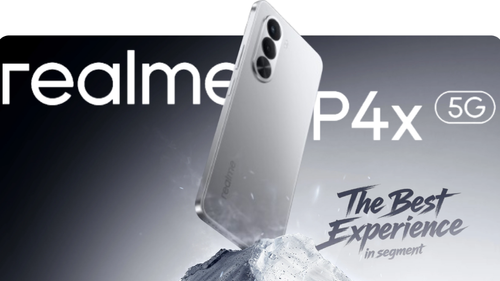
Realme P4x 5G Review: Budget-Friendly Beast with Epic Battery Life
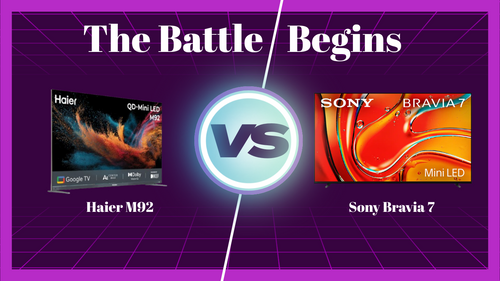
Haier M92 (H65M92FUX) vs Sony Bravia 7 (K-65XR70): Head-to-Head 65-Inch Mini LED TV Battle for 2025
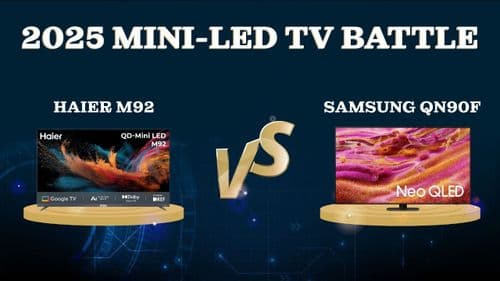
Haier M92 (H65M92FUX) vs Samsung QN90F (65QN90FAFXZA): 2025 Mini-LED TV Battle for Your Living Room
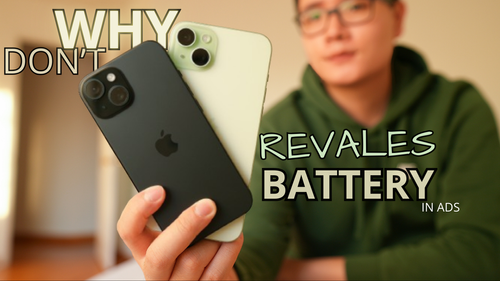
Why doesn’t Apple reveal the iPhone battery in advertisements?

Top 10 camera lenses you should Own in 2025

Donald Trump Watch Collection: Timeless Luxury on the Wrist

Best Smartphones Under 30,000 in 2025
Ad
Latest Mobiles In India
Ad
Ad












